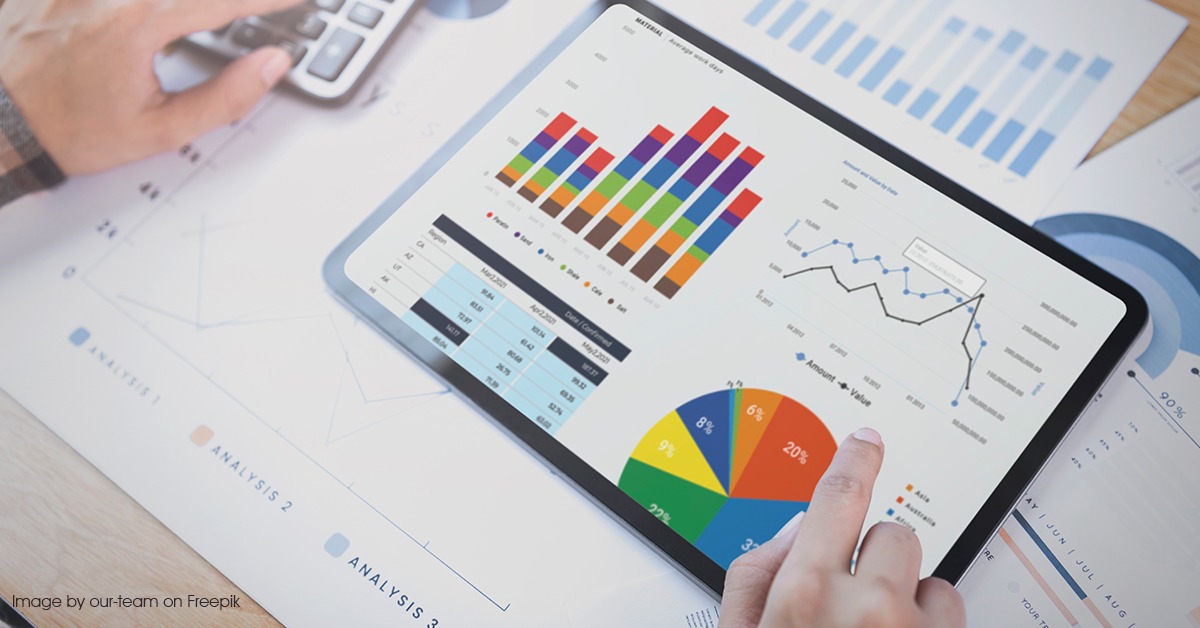Universal Access to Big Data
- June 17, 2022
- Posted by: Aanchal Iyer
- Category: Big Data Analytics

Universal Access to Big Data
Introduction
Been hearing about the term “big data” Let us understand this term a little more.
The amount of data globally is increasing all the time. In 2020, 64.2 zettabytes of data were available, which is a 314 percent increase from the year 2015. The increase in demand for information because of the COVID-19 pandemic also contributes to the significant growth. A huge chunk of this output is “data exhaust,” or passively collated data from frequent interactions with services or digital products. For example, credit cards, mobile phones, and social media.
This surge of digital data is big data. Data is increasing as it is progressively being gathered by numerous information‐sensing and inexpensive mobile devices. Also, the world’s capacity for storing information has doubled every 40 months since the 1980s.
Universal Access to Big Data
The question is, “who is using big data to forecast industry trends, improve customer relations, and pursue growth hacking?
Banks and financial institutions; retail; insurance companies; manufacturing; real estate and healthcare – almost any industry can utilize business intelligence solutions via key data findings. Big Data in the cloud is available for mining and analysis purposes by enterprises for market insights. However, though affordable, it is a time-consuming and tedious task.
The data revolution comprises the open data movement, the growth of crowdsourcing, new ICTs for data collection, and the surge in the availability of big data. Data revolution, along with the emergence of AI and the Internet of Things, is transforming society. The optimization in data science and computing now makes it possible to analyze and process big data in real-time. New insights assembled from data mining can complement survey data and official statistics, thus, adding depth to information on human experiences and behaviors. The integration of new data with traditional data should offer detailed and relevant high-quality information.
When the pandemic began, many small businesses began to move their brick-and-mortar operations online. Still, more than 60 percent of small businesses had to shut down. SME’s and solopreneurs require more resources to complete tasks efficiently, especially if appointing more employees is not an option. But how can solopreneurs and SMEs collate and assess data that can help them function more efficiently and increase lead generation? The resolution to this issue is automation driven by AI.
Conclusion
Fortunately, technology tools are becoming more affordable and accessible for organizations of any size. For example, big data analytics platforms offer smaller organizations new insights from their data. Even the smallest companies now generate a significant amount of data when they use CRM platforms, manage an app or a website, and conduct transactions. Each sale, customer interaction, contact, and event produce data that holds some value that can help make better business decisions in the future. The cost of web-based tools has fallen significantly over the years. Many powerful platforms have a free trial or are free. For smaller organizations, the free model is often sufficient for data management tools until they create enough data to license a paid account. AI tools and automation allow users to work with universal access to comprehensive datasets.
The new AI tools help increase productivity by automating tedious, time-consuming tasks at scale. These tools also free up more time for innovation and operations. With covid-19 still limping across the continents and a war raging in Ukraine, working smart and more strategically are keys for any business to be successful.
